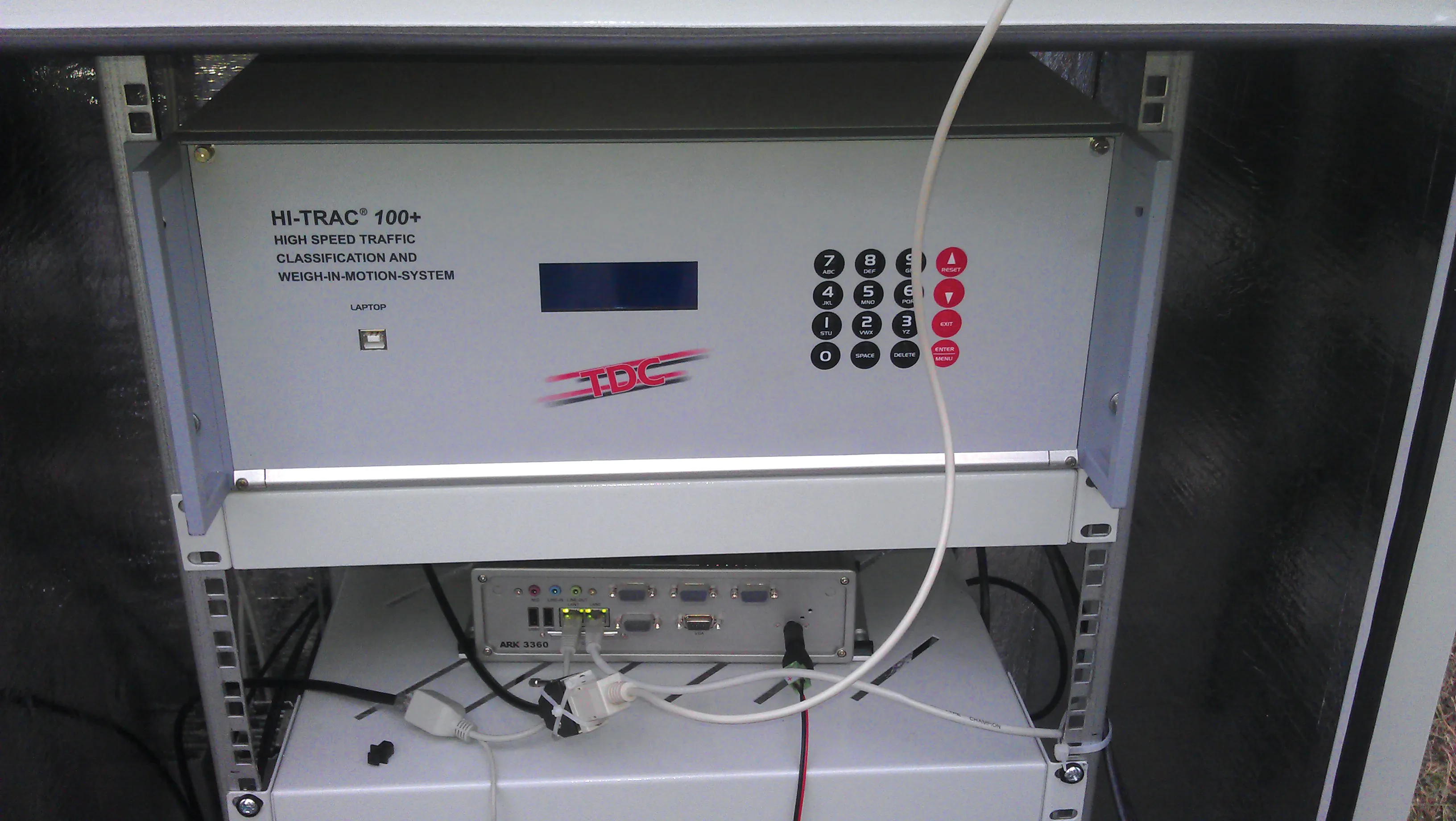With filling stations now selling foodstuffs, this can attract unwanted attention. (photo courtesy of World Highways reader Bogdan Schiteanu).
May 30, 2012
Read time: 1 min
With filling stations now selling foodstuffs, this can attract unwanted attention. (photo courtesy of World Highways reader Bogdan Schiteanu).








